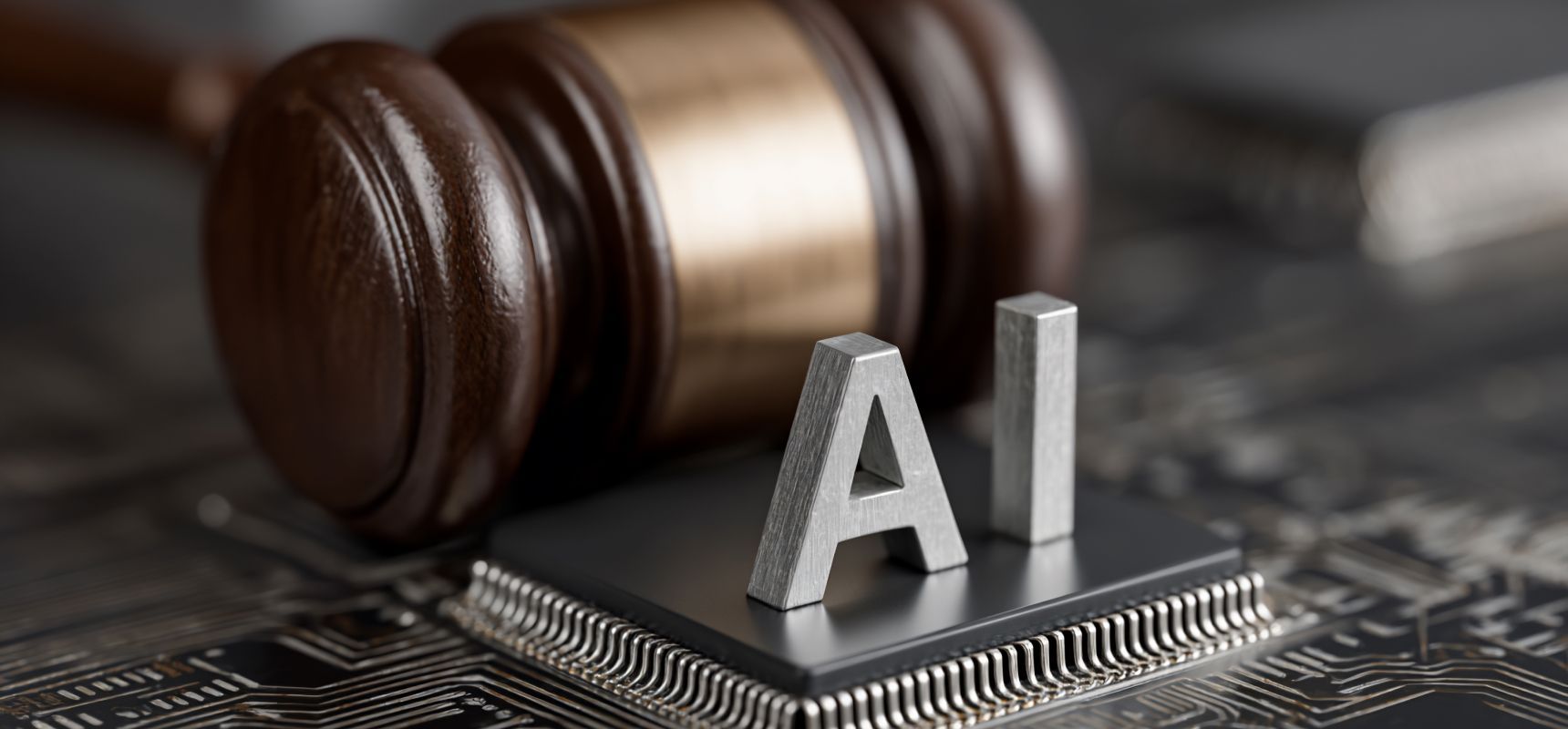
You already know how to manage risk. Now it's time to manage intelligence. If you’ve worked in Governance, Risk, and Compliance (GRC) for any length of time, you’ve seen waves of transformation: cloud computing, automation, privacy reform. Each one reshaped the way organizations think about control and accountability. Now, artificial intelligence is the next wave. It’s changing how businesses make decisions, assess risk, and build trust. Many professionals look at AI GRC and think it’s a brand-new specialty. In reality, it’s the next chapter of what GRC was always meant to be — a system that keeps technology aligned with ethics, law, and business purpose. And if you’ve been working in traditional GRC, you’re already well prepared. You just need to apply your existing strengths to a new kind of system: one that learns, evolves, and occasionally surprises you.

When businesses prepare for an AI audit, they usually focus on the big issues: data breaches, biased algorithms, or compliance with new regulations. Those are obviously important, but they’re not the reason most audits go wrong. More often than not, companies stumble on the basics. Missing documentation, vague accountability, and inconsistent monitoring. These small gaps are easy to overlook in day-to-day operations, but in an audit, they’re the first things the auditor will look at. Being perfect isn’t the goal when it comes to a successful audit. It’s much more important to get the fundamentals right. In this article, we’ll highlight seven common things companies forget when preparing for AI audits, and more importantly, how to fix them before they become costly mistakes.

Proposed by the European Commission and passed by the European Parliament, the EU AI Act was first adopted in 2024 and will be enforceable by 2026. The Act aims to ensure that AI systems are “safe, transparent, tracible, non-discriminatory, and environmentally friendly.” The Act applies to any organization whose AI systems operate within the EU or serve users within the EU. The Act offers a risk-based classification system ranging from “Unacceptable Risk” at the top end, and “Minimal Risk” at the bottom. Depending on an AI system’s risk level, the responsible organization will need to comply with certain rules and obligations. Many organizations will avoid strict regulations under the Act; however, it’s important to be aware of these classifications to avoid hefty fines and other legal repercussions.











